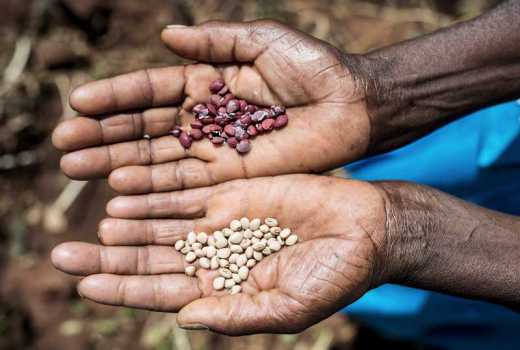×
The Standard e-Paper
Fearless, Trusted News

In 2017, Sh150 billion worth of food went to waste, tossed out or left to rot, a report that tries to track food waste has said.
According to the National Bureau of Statistics (KNBS), farmers lost earnings as they struggled to manage, store, and transport their produce to the market.